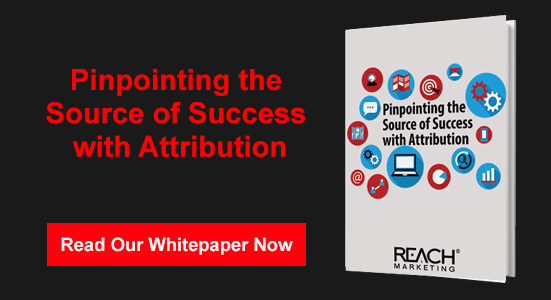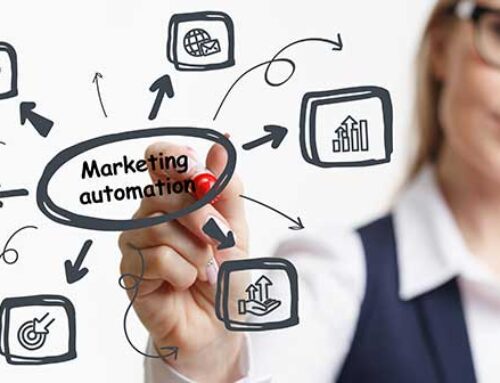The old model of marketing was almost entirely a top-down phenomenon. Marketers decided what audiences wanted, sometimes with a little cursory market research, and then they pushed the product out to leads. Today’s B2B business scene is no longer just about how well you speak to your customers; it’s also about how well you listen.
Responsive marketing takes its cues from leads and, thanks to marketing automation software, creates a full, rich user experience for every prospect who engages with you. Instead of delivering a lecture, you’re participating in a discussion. It’s a lot like responsive design in email and website development. When the architecture of a page adjusts automatically to the device a viewer uses to open it, that’s responsive web design.
User-Driven Experiences
Similarly, responsive marketing uses marketing automation technology to deliver the right content to the right lead at the right time. No matter what kind of user experience they want, leads get it from your MARKETING AI®. Using behavioral and contextual cues, the software picks up on where leads are in the sales funnel, where their primary interests lie, and what their pain points are.
A well-designed responsive marketing strategy developed with a marketing automation consultant continues to evolve along with leads, adapting to meet their changing expectations as they move along their individual buying journeys. Without marketing automation, it wouldn’t be possible to create customized user-driven experiences for each lead; with it, you can scale up your responsive marketing campaigns to any size you need.
Defining Nurture Programs
Depending on industry, properly nurtured leads are 20 to 25 percent likelier to become buyers than leads who are left on their own. It’s vital, then, to succeed at lead nurture programs. Responsive marketing uses automation to assess prospects’ on-site behavior in real time and react to events as they happen. You’ll see this technology used in top consumer sites such as Amazon; it presents visitors with suggestions for related items, similar products, and a list of pages other buyers visited.
For example, if your MARKETING AI notices a lead has clicked on a series of blog posts on marketing automation, it learns something about that lead’s main area of interest and suggests a related white paper if the lead’s far enough into the sales funnel to find it relevant.
Time for Success
Timing matters too, and only an automated system has the split-second reaction time to feel truly responsive to prospects’ needs. If leads are looking at a product page now, emailing them tomorrow might be too late. We no longer live in a 9-to-5 world, and you need to have a way to respond to prospects whether they’re engaging with you at 2:00 in the afternoon or 2:00 in the morning. You may be asleep, but your marketing automation system isn’t; it’s still there, ready to give your leads the responsive marketing and customized user experience they’ve become used to having.
© Reach Marketing LLC 2017 All Rights Reserved.







